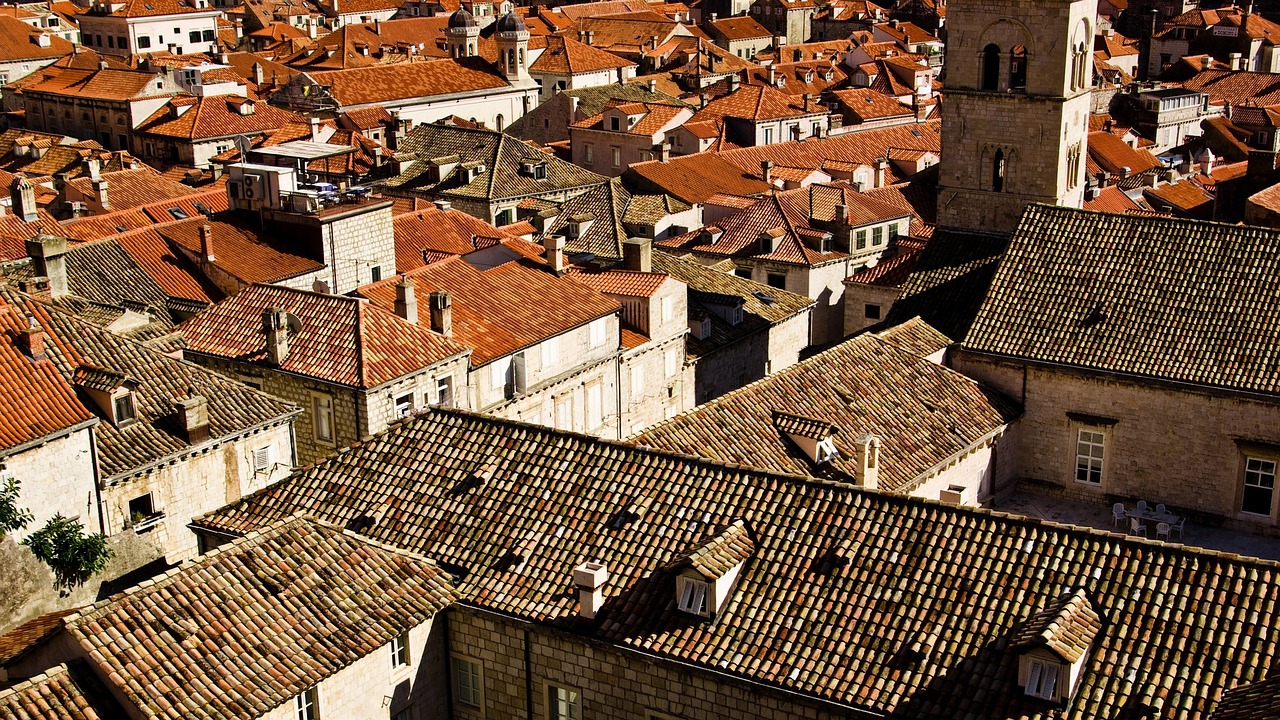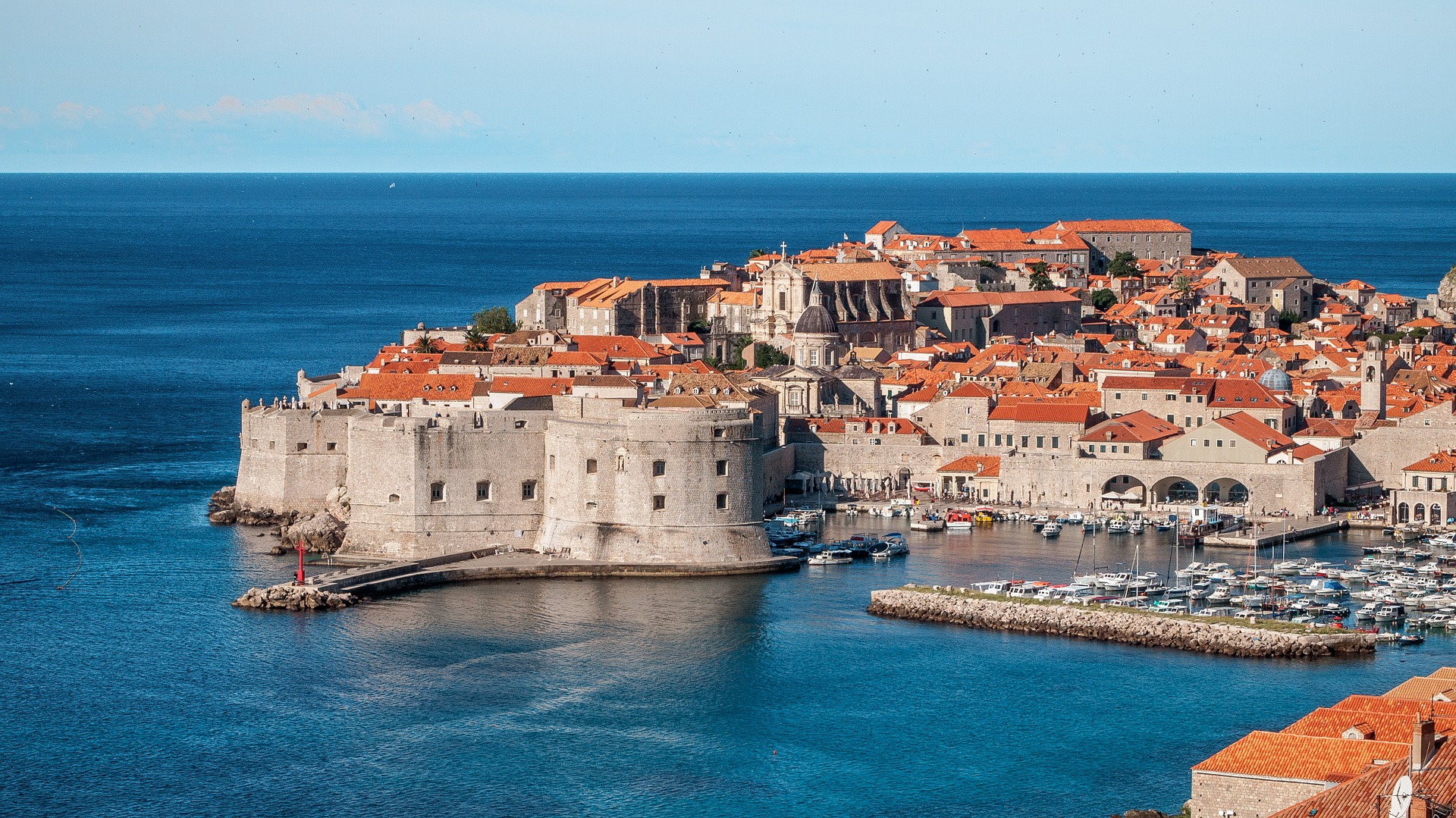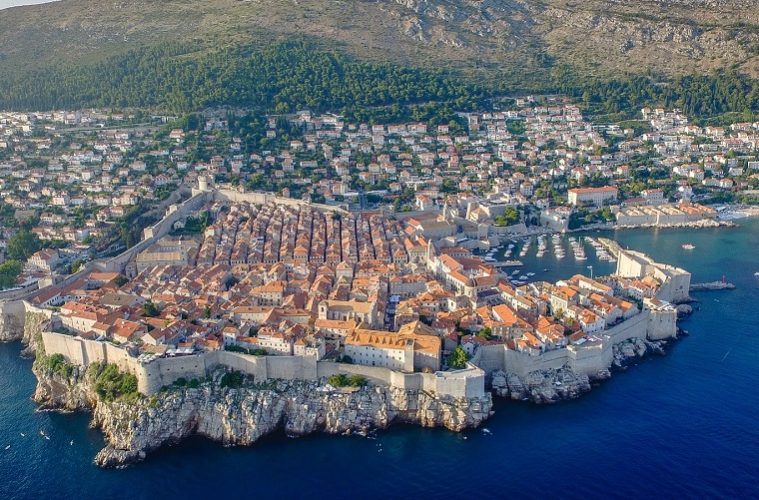Dubrovnik is one of the world’s most magnificent walled cities and its ancient beauty is simply breathtaking. Once a wealthy sea-faring capital, it is now a UNESCO World Heritage site and its main revenue is tourism, rather than trade.
Its position overlooking the calm, enticing waters of the Adriatic made its citizens rich in lifestyle and culture during its Golden Age in the 16th century. The city had one of the largest merchant naval fleets in the world and consulates in more than 50 foreign ports.
In 1991, Dubrovnik was subjected to a siege that lasted seven months, four weeks and two days, during the Croatian War of Independence. The town’s bombardment provoked international condemnation and resulted in the deaths of 194 Croatian military personnel and as many as 88 Croatian civilians within the city. Around 16,000 refugees were evacuated by sea and more than 11,000 buildings in the city were damaged.
The limestone streets, Baroque churches and medieval fortifications still carry marks of the damage they sustained, which somehow adds to the already breathtaking beauty of the pedestrian-only old town. The wide main thoroughfare is lined with boutique shops and eateries, and from each side intriguing alleyways stretch up towards the city’s walls, linking lanes and unveiling wonderful restaurants and bars hidden within their maze.
The ancient walls that surround this city have been its protector for centuries, and the first set of walls was built in the 9th century, and no visit to Dubrovnik would be complete without a walk around them. There are a number of starting points around the city, and they offer beautiful views of the old town and the shimmering Adriatic. From this vantage point, you are able to comprehend the extend of the damage sustained in the siege – those roofs with bright terracotta tiles are new. It’s a strenuous walk and there’s little shade up on the walls, although a slight deviation from your route will inevitably deliver you to somewhere for rest and refreshment. There is even a cafe over the Adriatic itself, which is the perfect place to recover.
The 21st century war is sensitively and powerfully remembered in the city. War Photo Limited is an exhibition centre of war and conflict photojournalism located within the city, intended to show the harsh realities of war to those who have been fortunate enough not to live it themselves. Exhibitions change, but The End of Yugoslavia is a permanent feature, exhibiting photojournalism covering conflict in Croatia, Bosnia and Herzegovina and Kosovo.
Dubrovnik’s traditional food is heavily based around seafood, as you would expect from a coastal city, but has some unique dishes best eaten in their originating home. Crni rižot or Black Risotto is a typical Dalmatian dish, black because of the squid it’s made with. Oysters are an essential part of your visit here, harvested from the seabed of Mali Ston Bay, and Zelena menestra or the green stew, dating from 1480 is something you won’t taste anywhere else in the world. Finish any meal with Ston, an unsweetened pastry with nuts, lemon, sugar and egg – simple amazing.
Dubrovnik has featured as a medieval backdrop for Game of Thrones, Robin Hood: Origins was shot here, and has also been “casina planet” Canto Bight in Star Wars: The Last Jedi. Somewhere in the city is a paddock of fantasy equine creatures, but you may need to join an official Star Wars tour to find it.
May to October guarantees sea warm enough to swim in, but the peak season is July to August, when prices go up and the place becomes crowded. Of course, the Dubrovnik Summer Festival might make up for it.
It was George Bernard Shaw who, enchanted by the beauty of the city, famously described it as “the pearl of the Adriatic”. He also said “those who seek paradise on earth should come to Dubrovnik”.
We simply couldn’t disagree.

